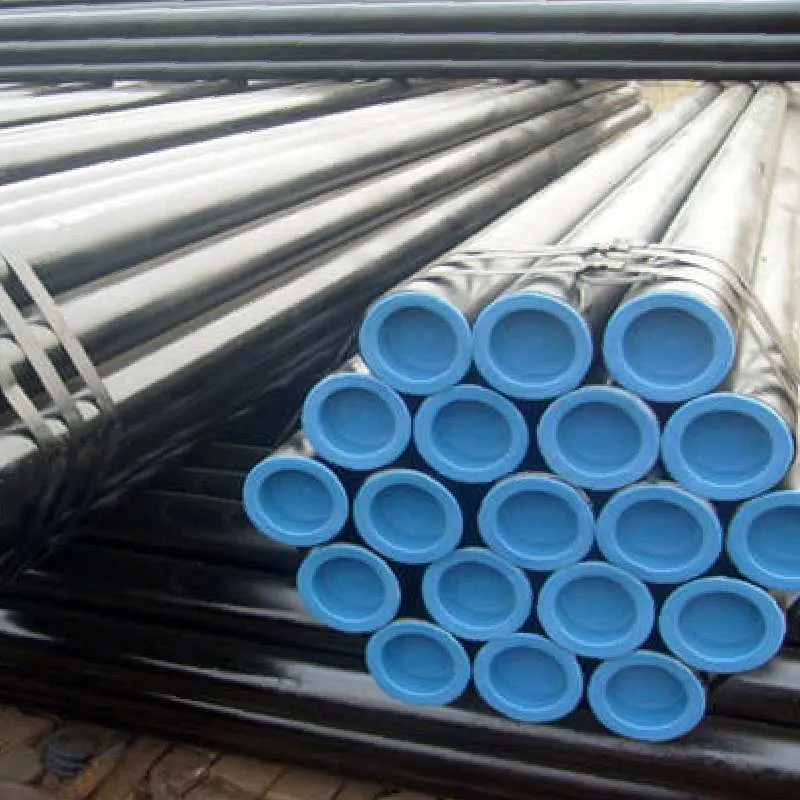-
Cangzhou Yulong Steel Co., Ltd.
-
Phone:
+86 13303177267 -
Email:
admin@ylsteelfittings.com
- English
- Arabic
- Italian
- Spanish
- Portuguese
- German
- kazakh
- Persian
- Greek
- French
- Russian
- Polish
- Thai
- Indonesian
- Vietnamese
- Zulu
- Korean
- Uzbek
- Hindi
- Serbian
- Malay
- Ukrainian
- Gujarati
- Haitian Creole
- hausa
- hawaiian
- Hebrew
- Miao
- Hungarian
- Icelandic
- igbo
- irish
- Japanese
- Javanese
- Kannada
- Khmer
- Rwandese
- Afrikaans
- Albanian
- Amharic
- Armenian
- Azerbaijani
- Basque
- Belarusian
- Bengali
- Bosnian
- Bulgarian
- Catalan
- Cebuano
- China
- China (Taiwan)
- Corsican
- Croatian
- Czech
- Danish
- Esperanto
- Estonian
- Finnish
- Frisian
- Galician
- Georgian
- Kurdish
- Kyrgyz
- Lao
- Latin
- Latvian
- Lithuanian
- Luxembourgish
- Macedonian
- Malgashi
- Malayalam
- Maltese
- Maori
- Marathi
- Mongolian
- Myanmar
- Nepali
- Norwegian
- Norwegian
- Occitan
- Pashto
- Dutch
- Punjabi
- Romanian
- Samoan
- Scottish Gaelic
- Sesotho
- Shona
- Sindhi
- Sinhala
- Slovak
- Slovenian
- Somali
- Sundanese
- Swahili
- Swedish
- Tagalog
- Tajik
- Tamil
- Tatar
- Telugu
- Turkish
- Turkmen
- Urdu
- Uighur
- Welsh
- Bantu
- Yiddish
- Yoruba

Aug . 15, 2024 04:44 Back to list
Standards for Flanges and Their Applications in Industrial Piping Systems According to EN 1092-12011
Understanding EN 1092-12011 Standard for Flanges
Flanges are critical components in piping systems, used to connect pipes, valves, and other equipment. They provide a means to create a tight seal between two sections of a pipeline, allowing for the safe and efficient transportation of fluids and gases. The EN 1092-12011 standard is a key guideline governing the design, manufacturing, and testing of these essential components.
EN 1092-12011 is part of the European Norm (EN) standards which focus on flanges for piping applications. Specifically, this standard lays out the requirements for circular flanges made of metallic materials intended for use in conjunction with pipes, fittings, and valves. The objective of this standard is to ensure compatibility and safety in a variety of industrial contexts, ranging from petrochemical to water treatment facilities.
Understanding EN 1092-12011 Standard for Flanges
Another critical element of the standard is the specification of dimensions, tolerances, and markings. EN 1092-12011 provides detailed tables and guidelines that outline the exact measurements for flange sizes, ensuring uniformity and interchangeability across different manufacturers. This consistency is paramount in minimizing the risk of leaks or failures that could arise from incompatible flange connections.
en1092 1 11

Moreover, the standard emphasizes the importance of material selection. Flanges produced under this standard must comply with specific material properties, ensuring they can withstand the operational conditions of the application, which may include high pressures, corrosive fluids, or extreme temperatures. Materials such as carbon steel, stainless steel, and alloy steels are commonly used, and the standard stipulates the need for appropriate testing and certification of these materials to confirm their suitability.
Testing procedures are another significant facet of EN 1092-12011. The standard requires flanges to undergo various tests to verify their integrity and performance under expected service conditions. This may include pressure testing, leak testing, and non-destructive testing (NDT) methods to detect any potential flaws or weaknesses. These rigorous testing requirements help ensure that the flanges will perform reliably throughout their intended lifespan, thereby enhancing overall system safety.
In addition to design and manufacturing, EN 1092-12011 also addresses installation practices. Proper installation of flanges is crucial to achieving a secure and leak-free connection. The standard provides guidelines on bolt tightening procedures, gasket selection, and alignment, all of which play vital roles in the overall performance of the piping system.
In conclusion, EN 1092-12011 is a comprehensive standard that plays a pivotal role in the manufacturing, testing, and use of flanges in various industries. By defining precise specifications and requirements, it helps ensure the safety, reliability, and efficiency of piping systems that rely on these crucial components. Understanding and adhering to this standard not only supports compliance with regulatory frameworks but also promotes best practices in engineering and manufacturing across the globe. As industries continue to evolve and demand higher performance materials and components, standards like EN 1092-12011 remain essential in guiding the development of safe and effective piping solutions.
Latest news
-
ANSI 150P SS304 SO FLANGE
NewsFeb.14,2025
-
ASTM A333GR6 STEEL PIPE
NewsJan.20,2025
-
ANSI B16.5 WELDING NECK FLANGE
NewsJan.15,2026
-
ANSI B16.5 SLIP-ON FLANGE
NewsApr.19,2024
-
SABS 1123 FLANGE
NewsJan.15,2025
-
DIN86044 PLATE FLANGE
NewsApr.19,2024
-
DIN2527 BLIND FLANGE
NewsApr.12,2024
-
JIS B2311 Butt-Welding Fittings LR/SR 45°/90° /180°Seamless/Weld
NewsApr.23,2024











